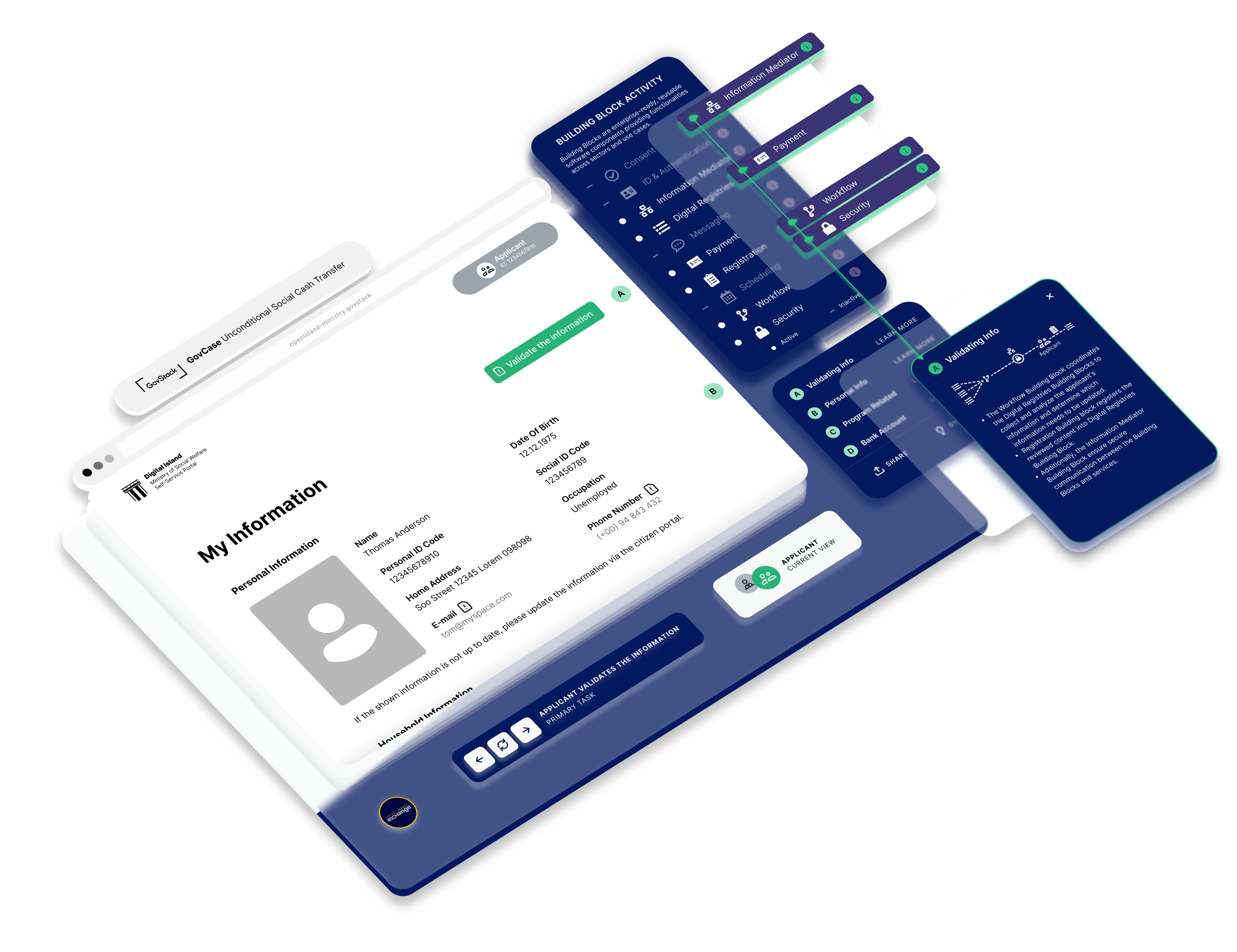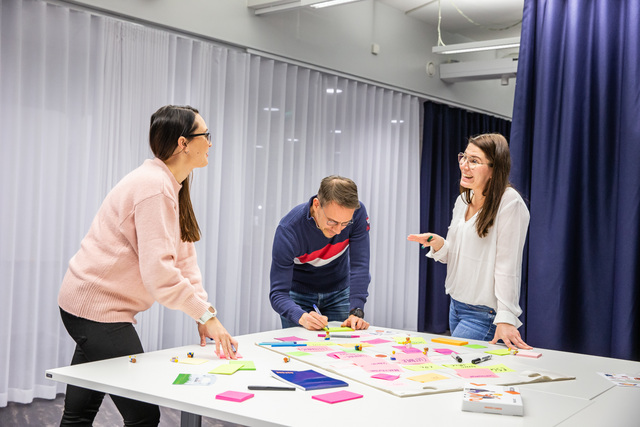Ganz gleich ob es um die Ausstellung von Personalausweisen, die Überweisung von Steuergeldern, die Bereitstellung von Arbeitslosengeld, Sozialhilfen oder auch Bildungsdienstleistungen geht, bedarf es digitaler Technologien. Diese ermöglichen beispielsweise die Auszahlung von Bargeld an bedürftige Haushalte oder Einzelpersonen auch in abgelegenen Gebieten. Voraussetzung dafür sind unterschiedliche Basiskomponenten, wie Informationen über die registrierten Empfänger, Zahlungen und Ähnliches in Datenbanken, die als digitale Bausteine bereitgestellt werden.
Um solche Leuchtturmprojekte möglichst einfach und kostengünstig zu skalieren und auch andernorts nachnutzen zu können, zielt der GovStack-Ansatz darauf ab, Referenzen aus Partnerländern, wie der Ukraine, Ruanda, Somalia, Djibouti und Kenia zu nutzen. Diese Pilotprojekte sollen als Wegweiser für weitere Implementierungen dienen.
Die praktische Umsetzung erfordert allerdings die Bereitstellung einer aus Softwarekomponenten bestehende Sandbox – eine digitale Testumgebung, in der eigene Systeme sicher und isoliert angepasst oder sogar emuliert werden können, ohne die bestehende Entwicklungsumgebung zu beinträchtigen. Dazu muss eine Open-Source-IT-Infrastruktur geschaffen werden, die unabhängig von bestehenden Cloud-Anbietern geschützt, für jedermann zugänglich ist.




